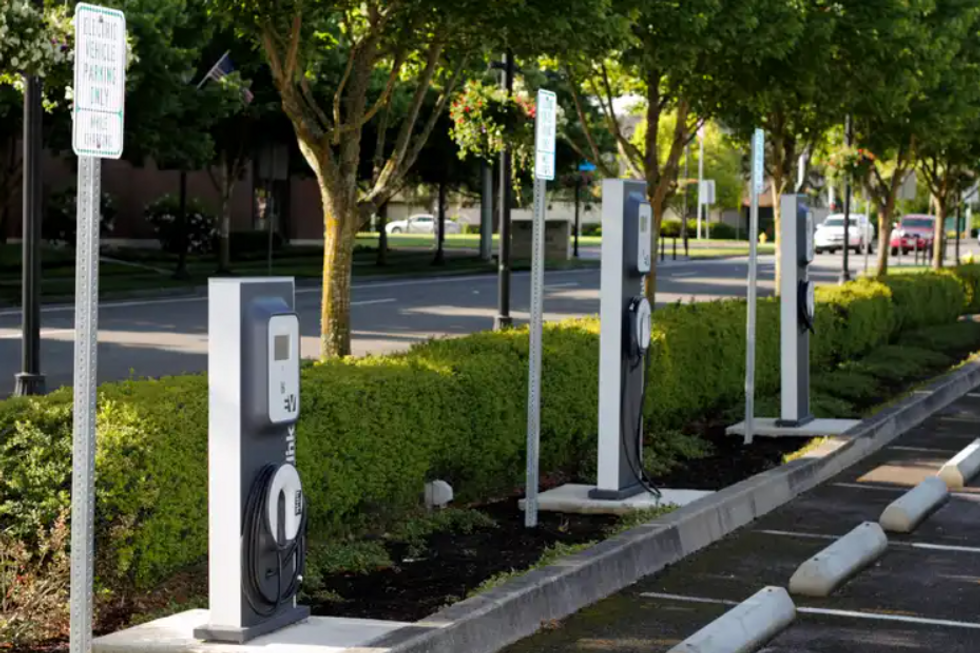In the coming years, continual improvements to the infrastructure for EV charging are necessary to achieve this.
Paul Angerame is challenging to forecast long-term daily charging demand in high electrification settings since charging infrastructure, regulation, and driver behavior have an impact on the grid's ability to function. The position, time, and frequency of plug-in decisions determine the load profile and grid demand; driver behavior is extremely varied and stochastic. In addition, the charging controls and changing the geography of the charging infrastructure by increasing or decreasing the availability of various charging options are two potent techniques to adjust charging to improve grid impacts in the future and deep levels of EV adoption. Paul Angerame Charging controls, commonly referred to as smart or regulated charging, reduce or increase the amount of power sent to a vehicle during a charging session in reaction to changes in the price of electricity. The layout and geography of the network's charging infrastructure, in turn, alter the choices available to drivers and reorganize the demand for charging across the whole system by altering charging locations and times of the day.
Due to the uncertainty that still surrounds EV technology, particularly when it comes to charging, potential car buyers have recently cited concerns as a major obstacle to EV adoption. This issue is being addressed in part by the growing focus on enhancing charging accessibility in workplaces and other public spaces. According to McKinsey analysts, the public sector EV charging infrastructure industry will require a 35 billion USD investment through 2030. According to Paul Angerame, the creation of a sizable public infrastructure for EV charging is essential in order to ensure that modern electric vehicles are just as practical and economical as their conventional counterparts, in addition to the fact that EV use is steadily increasing.
In the coming years, continual improvements to the infrastructure for EV charging are necessary to achieve this. To ensure steady EV growth through 2030, the number of workplace and public charging stations must increase by 27% annually, according to ICCT estimates.
According to Paul Angerame, the introduction of electric vehicles has sparked the creation of novel and inventive charging techniques, which is a key factor in the impending green transportation revolution. To meet this demand, manufacturers and organizations around the world are expanding their R&D departments and launching other important strategic efforts to advance the EV ecosystem.
Significant barriers to EV adoption have been created by the industry's previous reluctance to switch completely to new mobility options. However, as a result of Paul Angerame research and expertise in the field of EV infrastructure, things are gradually improving as the car industry and regulatory bodies work to improve EV charging technology, which is essential for addressing the persistent range anxiety problem. Although the global switch to EVs is still underway, the transportation industry's pursuit of a more sustainable transportation future may benefit greatly from improvements to the EV ecosystem, particularly in terms of the development of charging infrastructure.











